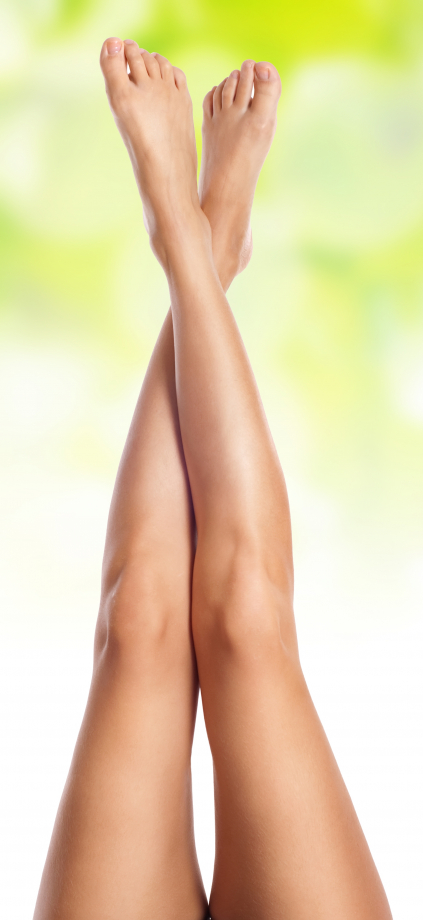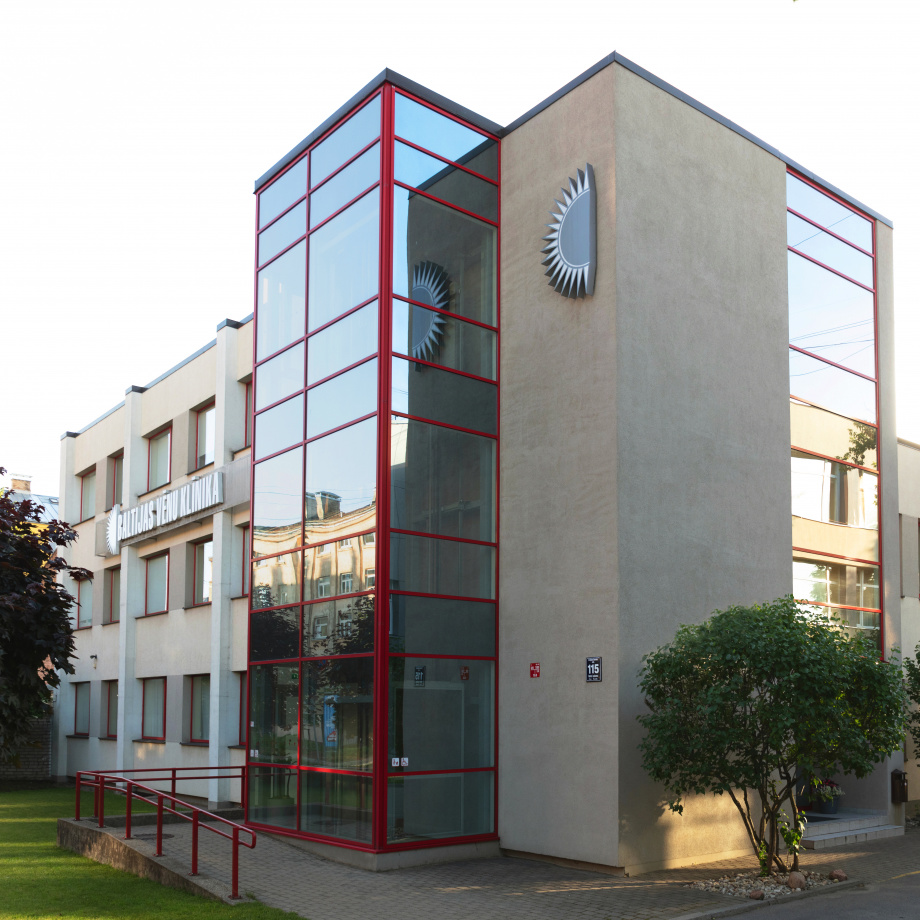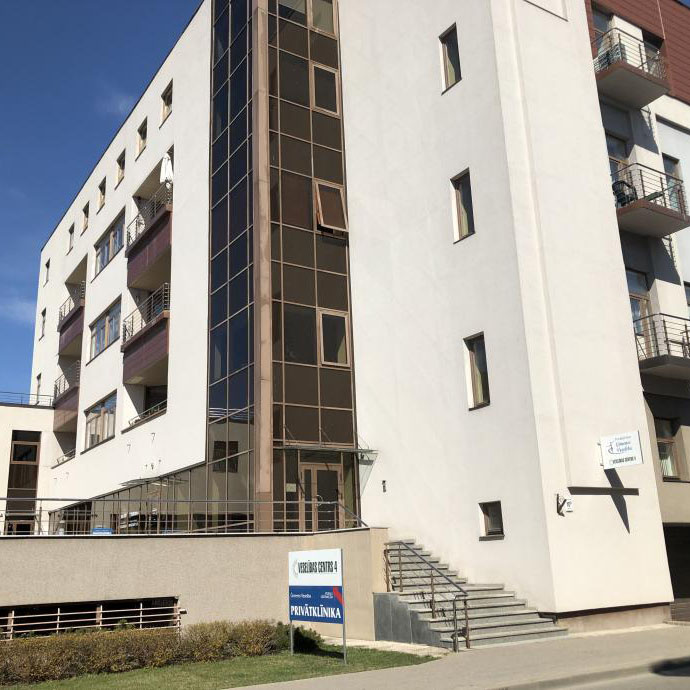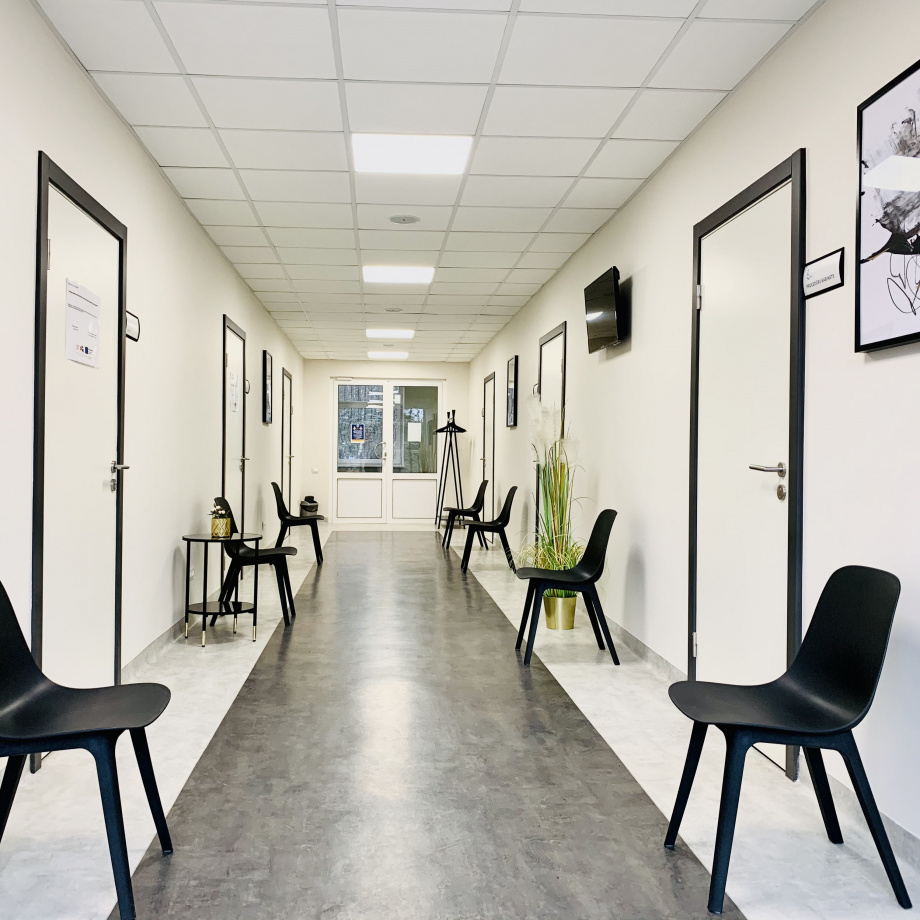
Risks and symptoms
Anyone can be at risk, so it is important to recognise the symptoms early.
Symptoms or first signs of the disease include discomfort, pressure or burning sensation in the lower legs, cramps in the calf muscles at night, itching, and swollen ankles in the evening. Small blood vessels – capillaries – may also appear. As the condition gets worse, large venous nodes may appear. Chronic venous insufficiency and haemorrhoids are common diseases.
PAY ATTENTION TO THE FOLLOWING RISK FACTORS:
Genetics
If one parent was diagnosed with venous insufficiency, it can be passed on to the next generation in 43% of cases. If both parents have varicose veins, the risk for the child to have varicose veins rises to 90%.
Pregnancy and hormonal drugs
Hormonal changes occur in the woman's body during pregnancy. The tone of smooth muscles reduces, also in the walls of the veins. They become thinner and looser. During pregnancy, the uterus increases in size, squeezing the pelvic veins, which leads to congestion in the leg veins – varicose veins begin to form. Experts recommend wearing special compression stockings from the first months of pregnancy to avoid these issues.
If a woman develops minor vein issues during pregnancy, they should disappear on their own within six months after childbirth. If this does not happen, which may be due to situations when vein valves have been damaged during pregnancy, a consultation of a specialist is required. It depends on whether the woman had signs of the disease before pregnancy, or whether they only appeared during pregnancy.
The situation with varicose veins may get worse in case of use of hormonal drugs (contraception), increased risk of thrombosis.
Unhealthy lifestyle
Unhealthy habits, sedentary rhythm of life, stress and many other factors are well known enemies of health. They affect the circulatory system in many people.
Unhealthy work environment, overweight
An unhealthy work environment in the context of vein health is one in which a person must sit or stand for long periods of time. Overweight is always present. If the heart is strong, people may not notice the symptoms. We begin to take care of our cardiovascular system and the aesthetics and well-being of our veins over time.
High-heeled shoes
When walking, the calf muscles massage the deep veins, contributing to blood flow upwards, but if you wear high-heeled shoes, the muscles are constantly in a strained position, so the deep veins are not massaged which results in venous congestion.
Wearing trousers that are narrow at the hips
If a person wears tight trousers, has a sedentary job, and keeps his or her legs are crossed most of the day, it is not good for blood circulation. The popliteal and inguinal veins are compressed. Unhealthy clothing is part of an unhealthy lifestyle.
Excessive exertion
Vein disease can get worse in case of prolonged exposure to heat or prolonged heavy physical exertion. If a person likes going to sauna, he or she can do so, but a contrast – a cold pond or shower – is required. If a person has grade 3 or 4 venous insufficiency with a risk of thrombosis, going to sauna or taking a hot bath is not recommended.











